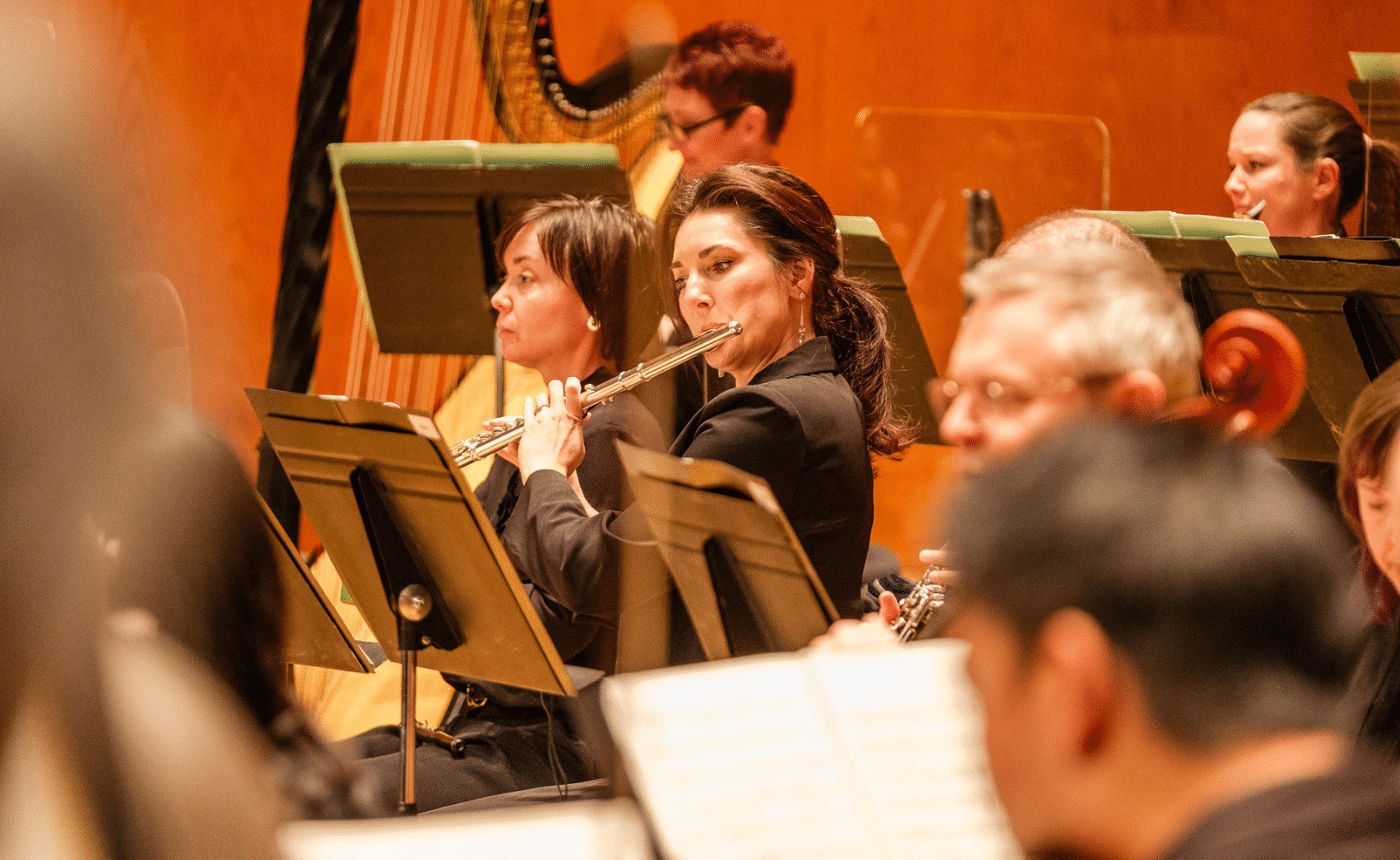MONCAYO: Huapango
by Jeff Counts
Moncayo got his start as a percussionist with the Mexico Symphony Orchestra in 1931, a group he would also conduct from 1949–1954. Though mostly known today for his dance treatment Huapango, Moncayo had a small but highly original catalogue of works that included an opera based on a magical Mexican legend. Moncayo’s untimely death in 1958 was considered a loss of great significance throughout Mexico and many felt he took part of the Nationalist movement to the grave with him. Huapango was composed in 1941 and based on folk songs Moncayo gathered on a collecting trip to the villages in and around Veracruz. The huapango dances he saw there made an immediate impact on him and he quickly began to imagine them in a symphonic setting. The name itself is based on the Nahuatl word huapanco, which loosely translates to “on the wooden [dance] floor.” Moncayo remarked that the task of translating the melodies he heard was highly challenging due to the fact the huapangueros (musicians) “never sang the same melody twice in the same way.” He was eventually able to capture this playful quality in his representation thanks to some guidance he received from a colleague. This friend essentially told him to first present the material exactly as he heard it and then feel free to make it his own. It was excellent advice. Moncayo did just that and considered the result “almost satisfactory.”

Chava2222, CC BY-SA 4.0, via Wikimedia Commons












